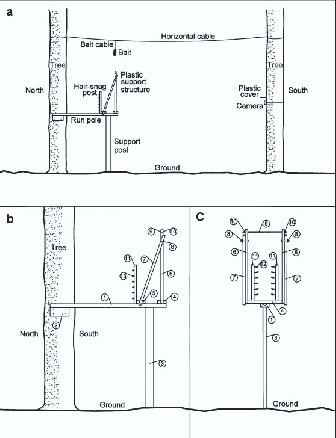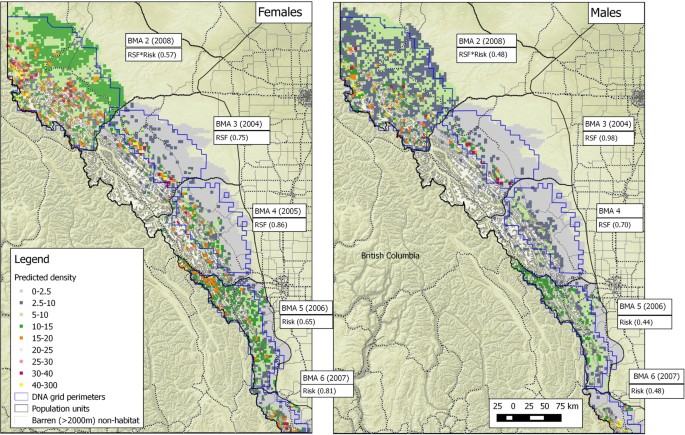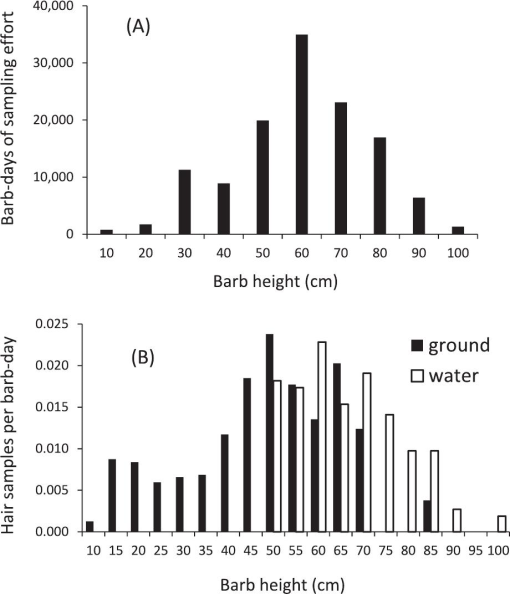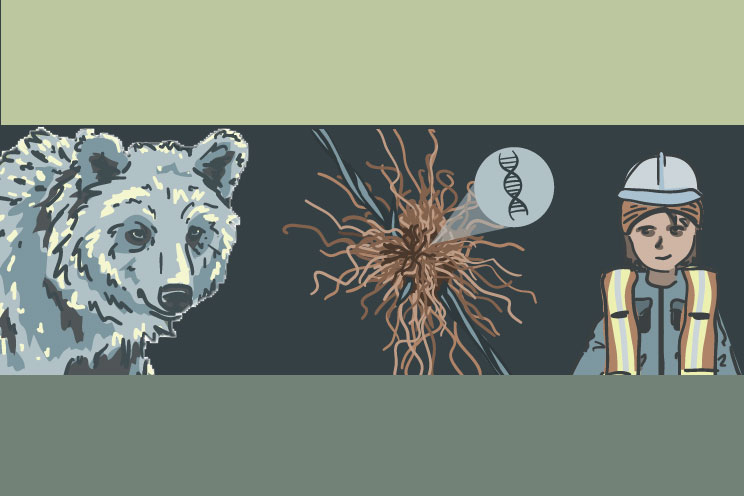Distribution of DNA hair snag sites in Alberta, Canada by each

Download scientific diagram | Distribution of DNA hair snag sites in Alberta, Canada by each bear management area (BMA) sampled from 2004-8. Sites are categorized by the mean number of bears detected per session. Frequency of each detection/session category is provided in brackets. Grid perimeters are shown delineating the extent of areas sampled. A minimum of one site was placed in each 49 km 2 cell for each DNA grid. Map was produced using QGIS software (v2.10.1; qgis.org). from publication: Using spatial mark-recapture for conservation monitoring of grizzly bear populations in Alberta | One of the challenges in conservation is determining patterns and responses in population density and distribution as it relates to habitat and changes in anthropogenic activities. We applied spatially explicit capture recapture (SECR) methods, combined with density surface | Ursidae, Mark-Recapture and Conservation Biology | ResearchGate, the professional network for scientists.

Integrating Motion-Detection Cameras and Hair Snags for Wolverine Identification

Population genetics of the wolverine in Finland: the road to recovery?

Frequency distributions of calculated association indices (AIs

Change in (a) mean air temperature and (b) the probability of

Using spatial mark-recapture for conservation monitoring of grizzly bear populations in Alberta

GENETICS: MAMMALS 3Rs Principles In Wildlife Research

John BOULANGER Research profile

Assessing noninvasive hair and fecal sampling for monitoring the distribution and abundance of river otter

Optimal barbed wire height for brown bear hair sample collection

The Co-existence of a Threatened Population of Grizzly Bears with Quarry Mining in Alberta, Canada - fRI Research






